

James Wong
2026 Audi SQ5 review: Quick drive
5 Days Ago
The Urus has set a new record, becoming Lamborghini's best-selling model in the shortest amount of time. 20,000 have now been produced.

Contributor


Contributor
Lamborghini is known for its exclusivity, but it’s now crowing about setting a production record.
The brand has produced 20,000 examples of the Urus since its 2018 debut at its Sant’Agata Bolognese factory in Italy.
The super SUV is comfortably the brand’s best-seller.
It took Lamborghini twice as long to sell the same amount of Huracáns, with the Urus representing a shift to a less exclusive part of the market.

The 20,000th Urus model is painted in Viola Mithras – a bright purple metallic – and has black-painted brake calipers and a glass panoramic sunroof. It’s destined for a customer in Azerbaijan.
Under the bonnet of the Urus is a 4.0-litre twin-turbo petrol V8 engine producing 478kW of power and 850Nm of torque.
This is mated to an eight-speed torque-converter automatic and all-wheel drive.
By comparison, the much more affordable Audi RSQ8 uses a detuned version of the same V8 with 441kW and 800Nm.
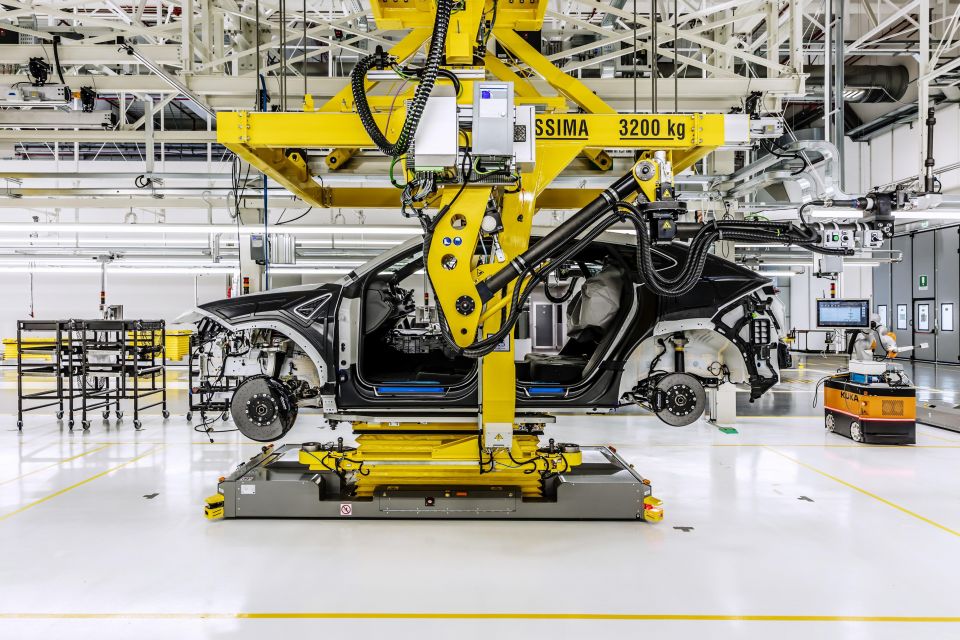
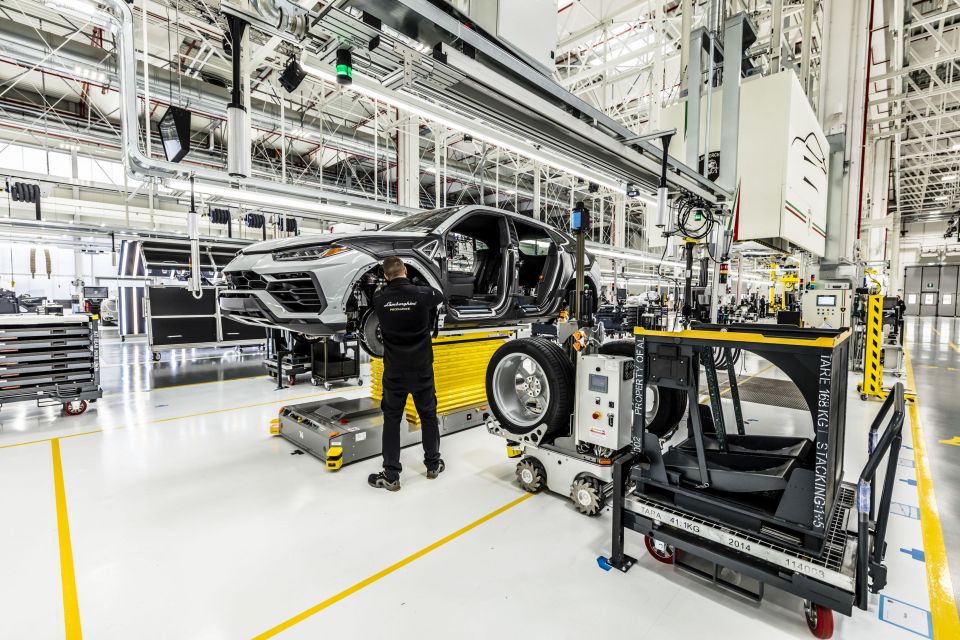
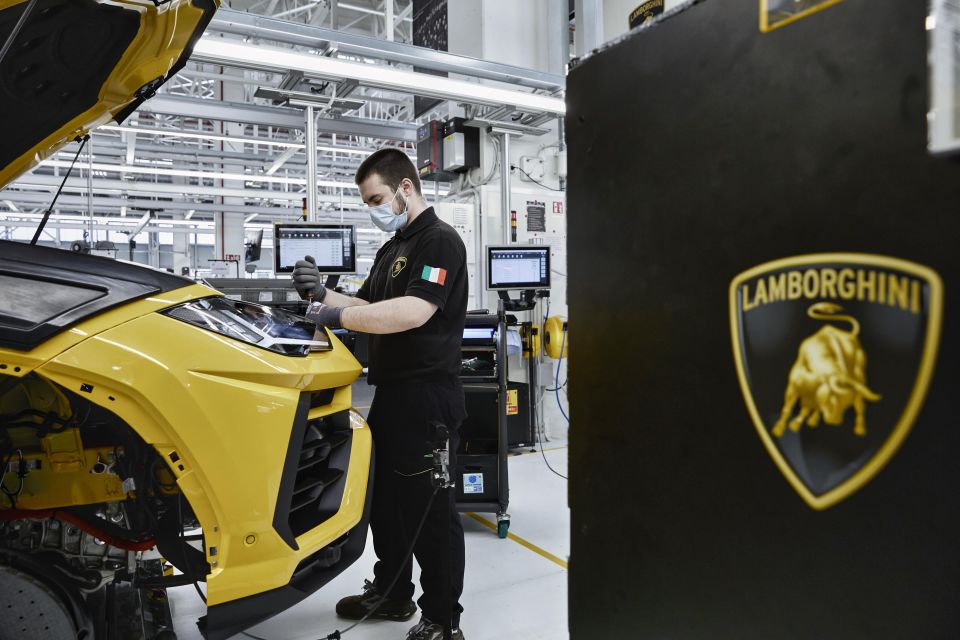
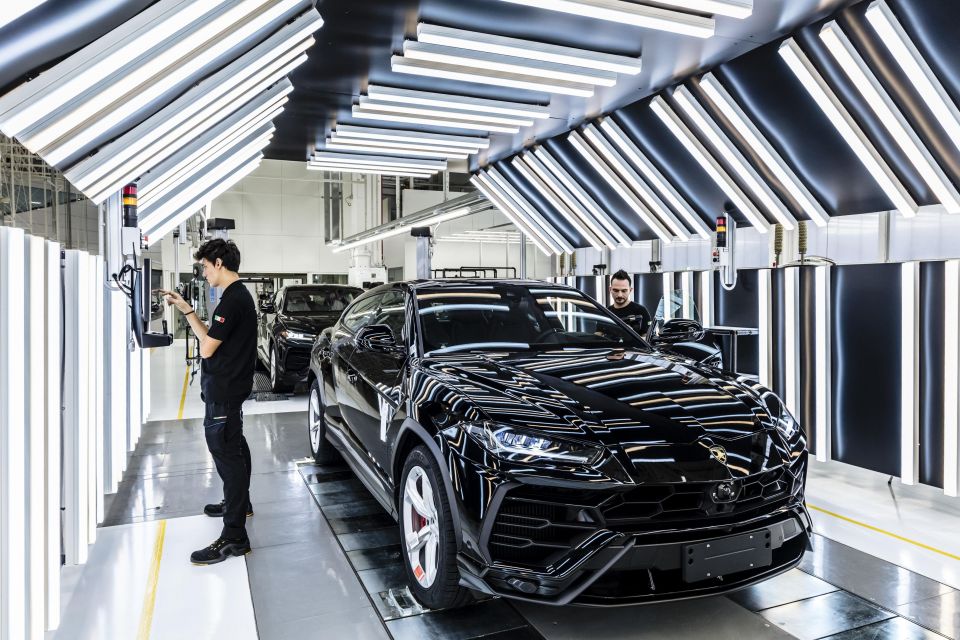
Lamborghini claims the Urus can do the 0-100km/h sprint in 3.6 seconds and has a top speed of 305km/h.
Since the Urus has been on sale, Lamborghini’s headquarters in Sant’Agata Bolognese has doubled in size to a total of 160,000 square metres.
More than 500 permanent staff were hired from 2015 to 2018 to work on the Urus project.
In 2019, Lamborghini introduced a Urus paintshop and in 2020 Lamborghini began transporting Urus bodies by train instead of on trucks. The latter introduction apparently cut CO2 emissions by 85 per cent.
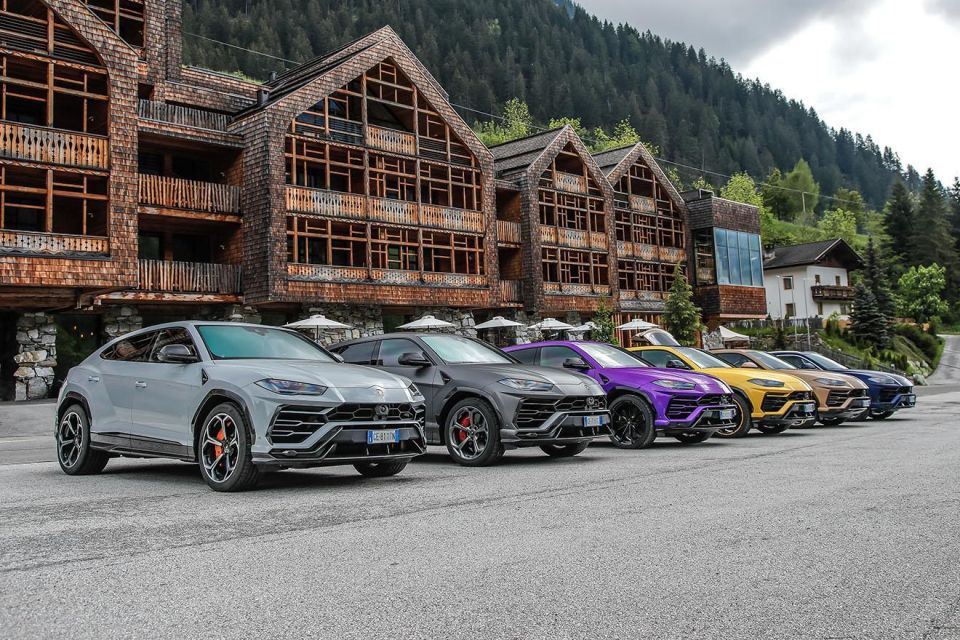
Lamborghini estimates that all the Urus models around the world have covered more than 360 million kilometres in total.
The Raging Bull brand indicates that its most popular Ad Personam exterior paint colours are Grigio Telesto (grey), Blu Cepheus (bright blue), and Voila Pasifae (dark purple).
Customers have also gravitated towards the Nero Noctis Matt (graphite) and Arancio Borealis (orange) exterior paint colours too.
As previously detailed, Lamborghini is gearing up to reveal a mid-life refresh for the Urus sometime this year.

We’ve also seen an undisguised prototype that has all the hallmarks of a hotter version, and may wear the Urus Evo name.
It has a redesigned front fascia with different side air intakes and a reworked upper grille cutout, as well as long bonnet air vents.
Lamborghini executives essentially confirmed a hybrid variant before the Urus was revealed in production form, and we’ve been waiting ever since.
Looking to the future, Lamborghini has previously said it’s planning to reveal its first all-electric vehicle in the second half of the decade.
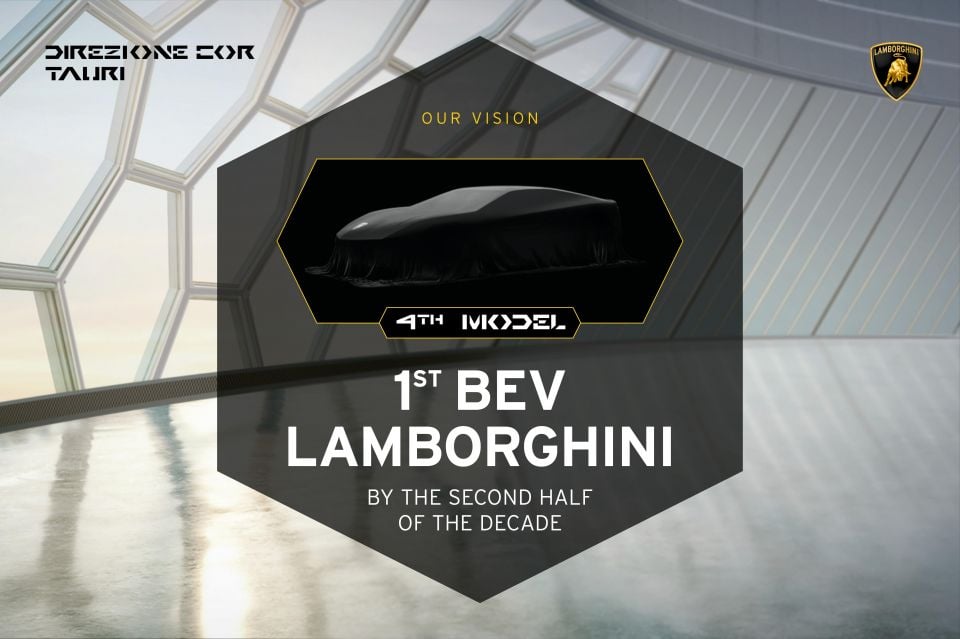
There have been rumours previously circulating that the first all-electric Lamborghini could be a 2+2 grand tourer model, similar to the Estoque concept from 2008.
This roadmap to electrification began with the low-volume Sián which mated a 6.5-litre V12 and an electric motor built into the transmission for a total of 602kW.
While most other road-going hybrid systems feature a nickel-metal hydride or lithium-ion battery pack, the Sian used a smaller, more energy-dense supercapacitor set-up.
Click an image to view the full gallery.
Where expert car reviews meet expert car buying – CarExpert gives you trusted advice, personalised service and real savings on your next new car.
Jack Quick is an automotive journalist based in Melbourne. Jack studied journalism and photography at Deakin University in Burwood, and previously represented the university in dance nationally. In his spare time, he loves to pump Charli XCX and play a bit of Grand Theft Auto. He’s also the proud owner of a blue, manual 2020 Suzuki Jimny.


James Wong
5 Days Ago


Max Davies
4 Days Ago


Josh Nevett
2 Days Ago


Max Davies
2 Days Ago
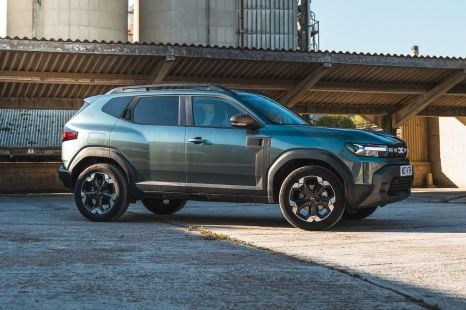

Damion Smy
2 Days Ago
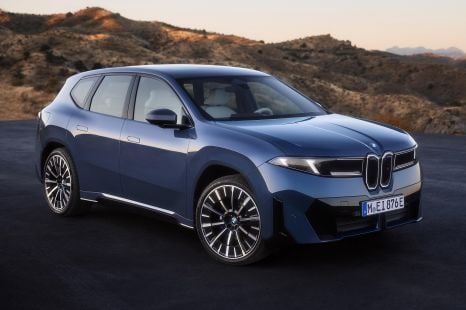

William Stopford
1 Day Ago